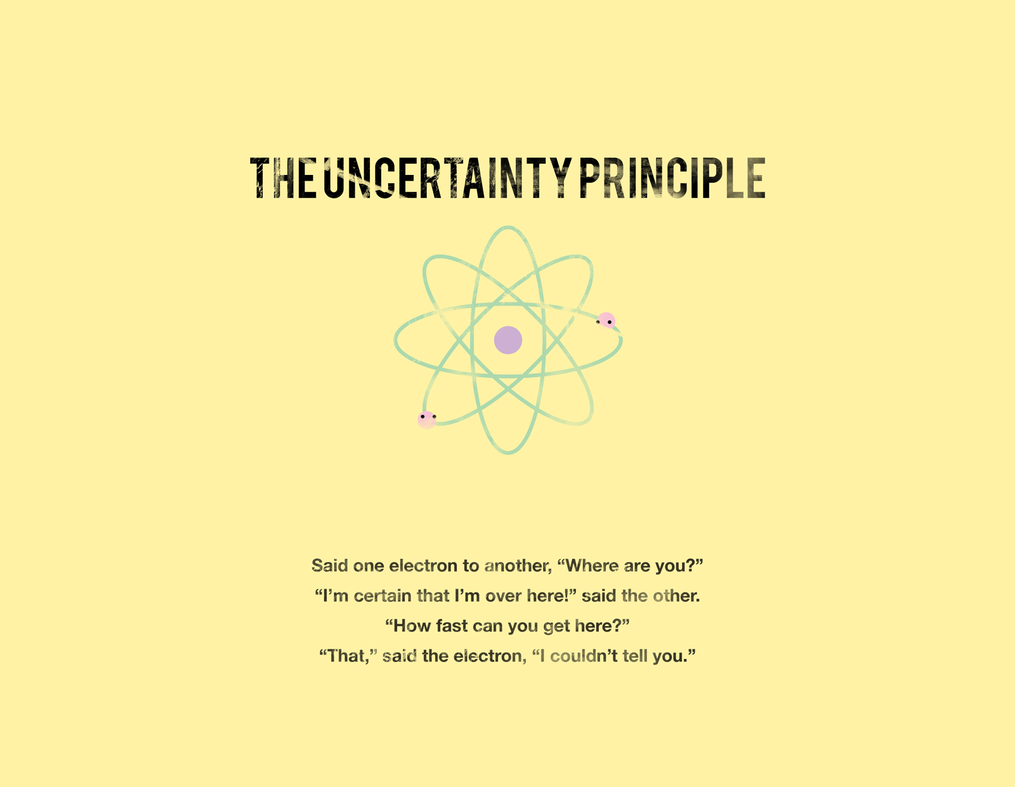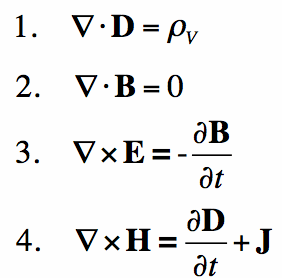Diamond Rain

Diamonds
big enough to be worn by Hollywood film stars could be raining down on Saturn
and Jupiter , US
New
atmospheric data for the gas giants indicates that carbon is abundant in its
dazzling crystal form, they say.
Lightning
storms turn methane into soot (carbon) which as it falls hardens into chunks of
graphite and then diamond.
These
diamond "hail stones" eventually melt into a liquid sea in the
planets' hot cores, they told a conference.
Continue
reading the main story
“
Start
Quote
People
ask me - how can you really tell? It all boils down to the chemistry. And we
think we're pretty certain”
Dr Kevin
Baines
University
of Wisconsin-Madison
The
biggest diamonds would likely be about a centimetre in diameter - "big
enough to put on a ring, although of course they would be uncut," says Dr
Kevin Baines, of the University of Wisconsin-Madison and Nasa's Jet Propulsion
Laboratory.
He added
they would be of a size that the late film actress Elizabeth Taylor would have
been "proud to wear".
"The
bottom line is that 1,000 tonnes of diamonds a year are being created on
Saturn.
"People
ask me - how can you really tell? Because there's no way you can go and observe
it.
"It
all boils down to the chemistry. And we think we're pretty certain."
Thunderstorm
alleys
Baines
presented his unpublished findings at the annual meeting of the Division for
Planetary Sciences of the American Astronomical Society in Denver , Colorado
Saturn
Gigantic
storms on Saturn create black clouds of soot - which hardens into diamonds as
it falls
Uranus
and Neptune have long been thought to harbour gemstones. But Saturn and Jupiter
were not thought to have suitable atmospheres.
Baines
and Delitsky analysed the latest temperature and pressure predictions for the
planets' interiors, as well as new data on how carbon behaves in different
conditions.
They
concluded that stable crystals of diamond will "hail down over a huge
region" of Saturn in particular.
"It
all begins in the upper atmosphere, in the thunderstorm alleys, where lightning
turns methane into soot," said Baines.
"As
the soot falls, the pressure on it increases. And after about 1,000 miles it
turns to graphite - the sheet-like form of carbon you find in pencils."
By a
depth of 6,000km, these chunks of falling graphite toughen into diamonds -
strong and unreactive.
These
continue to fall for another 30,000km - "about two-and-a-half
Earth-spans" says Baines.
"Once
you get down to those extreme depths, the pressure and temperature is so
hellish, there's no way the diamonds could remain solid.
"It's
very uncertain what happens to carbon down there."
One
possibility is that a "sea" of liquid carbon could form.
"Diamonds
aren't forever on Saturn and Jupiter. But they are on Uranus and Neptune, which
are colder at their cores," says Baines.
'Rough
diamond'
The
findings are yet to be peer reviewed, but other planetary experts contacted by
BBC News said the possibility of diamond rain "cannot be dismissed".
"The
idea that there is a depth range within the atmospheres of Jupiter and (even
more so) Saturn within which carbon would be stable as diamond does seem
sensible," says Prof Raymond Jeanloz, one of the team who first predicted
diamonds on Uranus and Neptune.
"And
given the large sizes of these planets, the amount of carbon (therefore
diamond) that may be present is hardly negligible."
However
Dr Nadine Nettelmann, of the University
of California , Santa Cruz
55 Cancri
e
The
planet 55 Cancri e may not be so precious after all, a new study suggests
"Baines
and Delitsky considered the data for pure carbon, instead of a
carbon-hydrogen-helium mixture," she explained.
"We
cannot exclude the proposed scenario (diamond rain on Saturn and Jupiter) but
we simply have no data on mixtures in the planets. So we do not know if diamond
formation occurs at all."
Meanwhile,
an exoplanet that was believed to consist largely of diamond may not be so
precious after all, according to new research.
The
so-called "diamond planet" 55 Cancri e orbits a star 40 light-years
from our Solar System.
A study
in 2010 suggested it was a rocky world with a surface of graphite surrounding a
thick layer of diamond, instead of water and granite like Earth.
But new
research to be published in the Astrophysical Journal, calls this conclusion in
question, making it unlikely any space probe sent to sample the planet's
innards would dig up anything sparkling.
Carbon,
the element diamonds are made of, now appears to be less abundant in relation
to oxygen in the planet's host star - and by extension, perhaps the planet.
"Based
on what we know at this point, 55 Cancri e is more of a 'diamond in the
rough'," said author Johanna Teske, of the University of Arizona
Watch videos:
1.
2.



